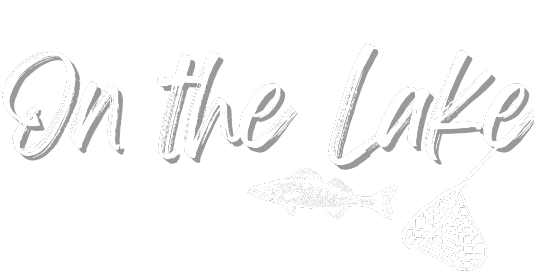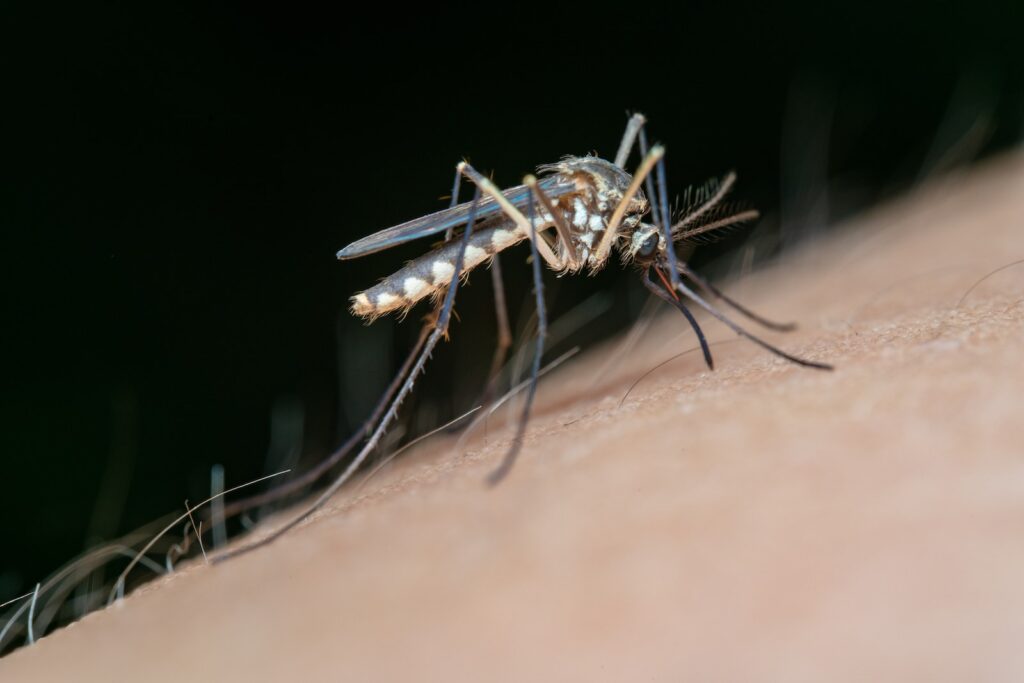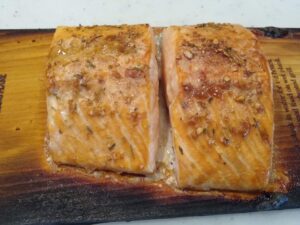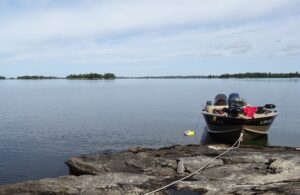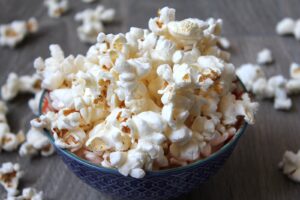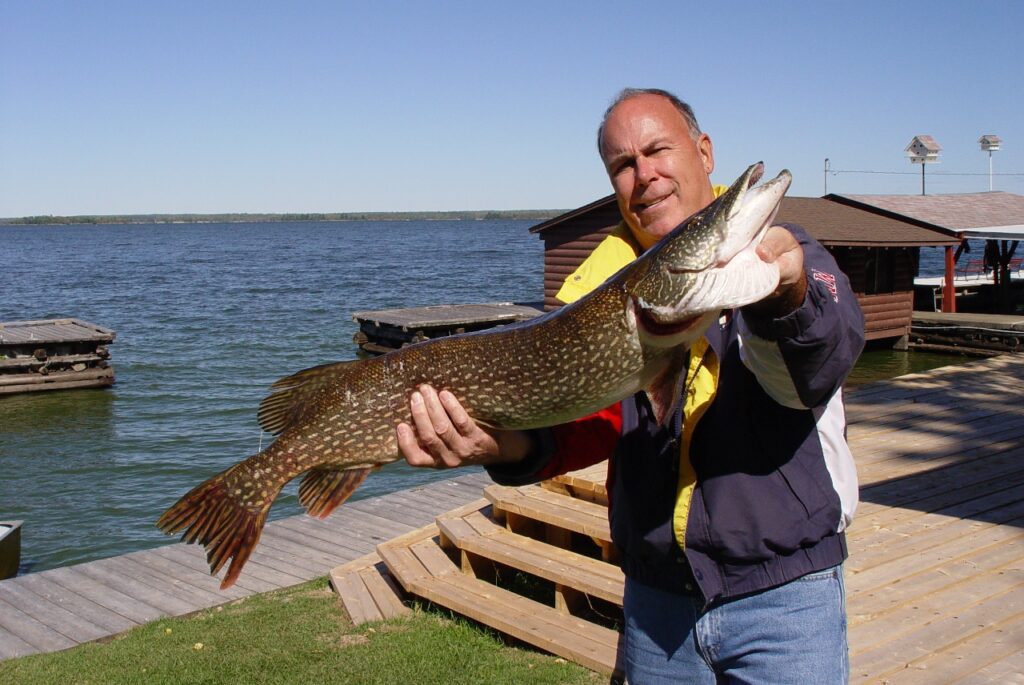Mosquitoes Defined
According to Wikipedia, mosquitoes are defined as: “… small, midge-like flies which compose the family Culicidae. The females of most species are ectoparasites”.
It’s not the “flies” part that bothers me so much — it’s the “ectoparasites” part. The reason is that a female mosquito’s hypodermic-like proboscis penetrates my skin in order to suck my blood! And that, in my very humble opinion, is not all that different from a tick, about which I have also written.
Mosquitoes as Disease Carriers
And although the saliva of the mosquito causes varying degrees of rash and itchiness, the more serious aspect of mosquitoes is that they are vectors of disease. That very same saliva is the possible transmission – depending on your particular geographic location – of nasty diseases like malaria, yellow fever, West Nile virus, dengue fever, and filariasis.
Different mosquito types can carry different diseases. Fortunately for us, scientists are constantly and intently studying the little pests to determine the best ways to eradicate the ones that are capable of carrying the worst diseases.
Before I scare everyone half to the point of not even wanting to venture outdoors – definitely not my intension – know that the vast majority of mosquitoes across the Midwest do not carry diseases like malaria, yellow fever, dengue fever, etc. There is, however, an increasing number of an Asian mosquito species that is associated with the West Nile virus. It was common in eastern states but has now made its way to the Midwest.
In Any Type of Climate
There are literally hundreds of different species of mosquitoes, and each kind has a slightly different way of surviving things like cold, drought, predators and other dangers. The females are prolific egg layers, often producing batches of 100 or more eggs at a time.
Oftentimes, when conditions are less than ideal, eggs and larvae can go into what is known as diapause. This is a dominant feature in the life history of many mosquito species. Diapause offers a way for bridging unfavorable/difficult seasons in various environments and serves to synchronize development within populations. So, just because it has been a winter of -20 degrees or a summer of 100+ degree heat, it doesn’t mean that there will be any less mosquitoes!
It would seem that mosquitoes have no other purpose for their existence other than to 1) make more mosquitos and 2) annoy us. But they actually do have several purposes. Interestingly, mosquitoes are a biologically important aspect of the food web in both terrestrial and aquatic systems. They serve as a source of food for the birds, fish, frogs, spiders, bats and other predators that eat them.
Mosquito larvae also consume organic matter in wetlands, helping to recycle nutrients. And mosquitoes help to pollinate some plants. But really, if we could actually eliminate mosquitos, their absence would not greatly affect the equilibrium on the planet. However, the human species would certainly be better off!
Unfortunately, elimination of the mosquito is not likely; and that is because the chemicals – insecticides – generally used to kill mosquitoes are just as potentially harmful to other animal species, including humans, as they are to the mosquito. So how then, are we to enjoy the great outdoors if it is swarming with little biting, blood-sucking, mosquito pests?!
I have learned the hard way that, supposedly because I have type “O” blood, I am a prime dining hall for female mosquitoes, almost as if I have a flashing neon sign above my head that says: “free meals here!” (This article from Healthline explains about the attraction to Type O blood.) So, if you are anything at all like yours truly, you will look for the safest, least obnoxious and hopefully natural method of mosquito deterrent you can find.
Allethrin
On a recent trip to northern Wisconsin, we were besieged by the most incredible and apparently very hungry crop of mosquitoes I have ever seen. We employed our ThermaCell® Mosquito Repellent and supplemented it with Mosquito Sticks. Both of these use, as their repellent feature, a chemical called allethrin, which is a synthetic form of a chemical found naturally in the chrysanthemum flower.
Keep in mind that Allethrin is toxic to bees and fish, but it has been found that it works incredibly well in keeping mosquitoes at bay. Short of sequestering yourself in your house, or covering every inch of skin with thick clothing, there aren’t too many options. So, we just have to put up with them for the time being!
As always, I hope to see you On the Lake!
rk
